A 3D foot scanner is an advanced device that utilizes cutting-edge optical technology and computer algorithms to quickly and accurately capture three-dimensional data of the foot. In modern footwear manufacturing, its applications have expanded to areas such as customized footwear design, improved product quality, and optimized production efficiency. Below is a detailed analysis of the benefits of 3D foot scanners in the footwear industry, focusing on their technical advantages and practical applications.
Enhancing Footwear Customization
Core Support for Personalization
3D foot scanners precisely measure foot dimensions and shapes, including length, width, arch height, and toe alignment. These data points serve as a scientific basis for designing footwear that meets individual needs.
Foot Shape Matching: Designers can create shoe lasts that precisely match the user’s foot using scanned data, eliminating inaccuracies from traditional measurement methods.
Specialized Needs: For users with specific requirements, such as those with bunions, high arches, or flat feet, the scanner data enables the design of footwear that is more comfortable and ergonomically supportive.
Accelerating Customization Processes
Traditional custom shoe production involves labor-intensive measurements and multiple fitting adjustments. 3D scanners significantly reduce this timeline by quickly collecting foot data and integrating it with CAD (computer-aided design) software, streamlining the design and manufacturing process and enhancing efficiency.
Improving Product Quality
Precise Design and Optimization
High-precision data from 3D foot scanners aids in digitizing shoe last designs, ensuring the footwear aligns seamlessly with the natural contours of the foot. This improves the fit and reduces discomfort caused by improper shoe design.
Lower Fit Adjustment Rates: Accurate data reduces customer dissatisfaction and the need for post-purchase adjustments.
Optimized Sole Support: Scanned foot geometry helps in designing soles that provide targeted support and cushioning in critical areas.
Supporting Material Applications
Data from 3D foot scanners enables the optimized application of materials. For instance, areas of high foot pressure can be reinforced with more durable or softer materials to enhance both comfort and durability.
Boosting Production Efficiency
Precision Manufacturing and Automation
3D foot scanners, when paired with modern manufacturing equipment (like CNC shoe last machines or 3D printers), enable efficient and accurate production. Scanned data serves as direct input for production, reducing manual interventions and increasing output efficiency.
Direct Data Integration: Digital models generated from scans can be directly utilized by production equipment, minimizing errors in data transfer.
Mass Customization: Collecting data from multiple users allows manufacturers to achieve large-scale customized production that balances efficiency with individual preferences.
Optimizing Inventory Management
3D foot scanners can assist businesses in predicting market demand more accurately. By analyzing consumer foot data, manufacturers can strategically plan production ratios for different shoe sizes and styles, reducing inventory pressure and resource waste.
Driving Innovation in Footwear Technology
Data-Driven Design
The databases generated by 3D foot scanners provide valuable resources for footwear design. By analyzing large-scale consumer data, designers can identify foot shape trends across regions, genders, and age groups, enabling the creation of products tailored to market demands.Supporting Virtual Fitting Technology
With the rise of e-commerce, virtual fitting technology is becoming more prevalent in shoe sales. The high-precision data from 3D foot scanners can be integrated into virtual fitting platforms, allowing consumers to experience the fit and comfort of shoes before purchasing, enhancing their shopping experience.
The application of 3D foot scanners not only improves product quality and production efficiency but also promotes sustainable practices in the footwear industry. Precise measurements and digital manufacturing reduce material waste and energy consumption. Additionally, the widespread adoption of customized footwear decreases return rates caused by size mismatches, thereby reducing carbon emissions in logistics.
The use of 3D foot scanners in the footwear industry enhances customization levels, product quality, production efficiency, and resource utilization. As technology continues to evolve, these devices are expected to play a more significant role in footwear design, manufacturing, and sales, contributing to the industry's goals of achieving higher efficiency and environmental sustainability.

 +86-0755-86131192
+86-0755-86131192 2025-01-10
2025-01-10 Back to list
Back to list
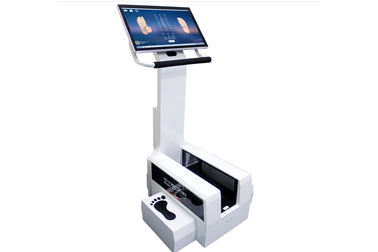
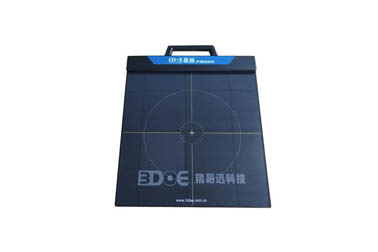
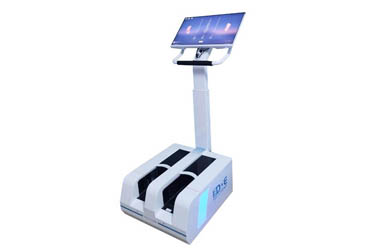
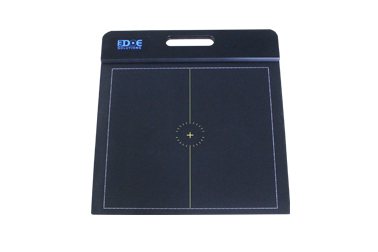
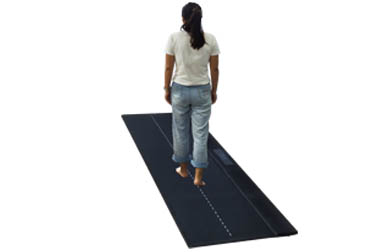



 +86-0755-86131192
+86-0755-86131192